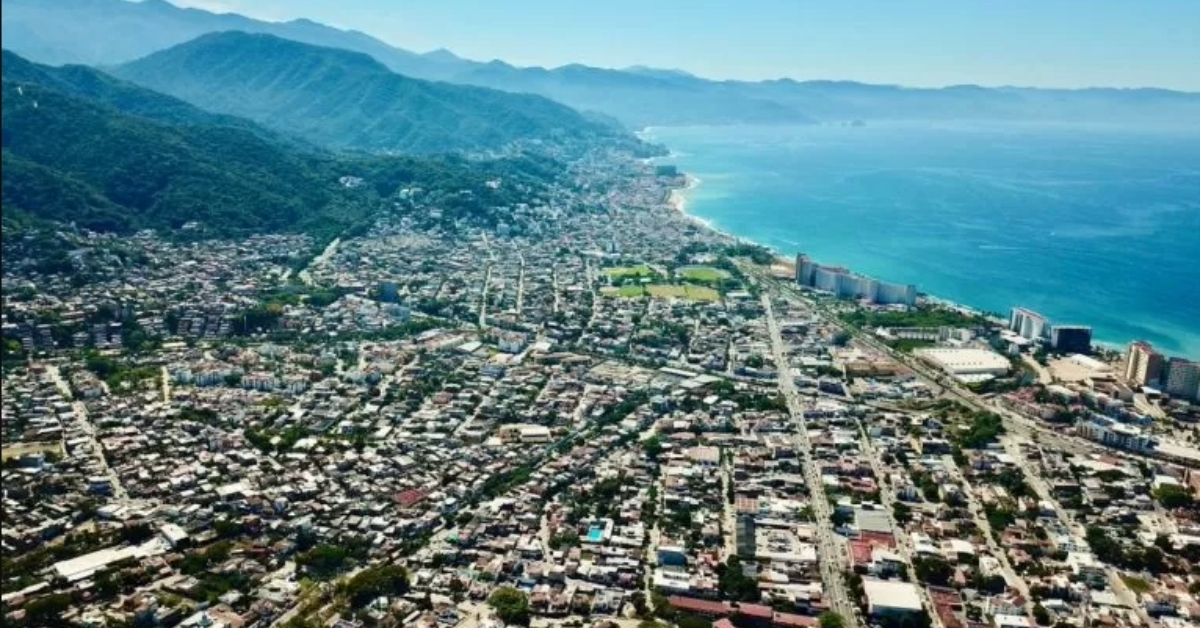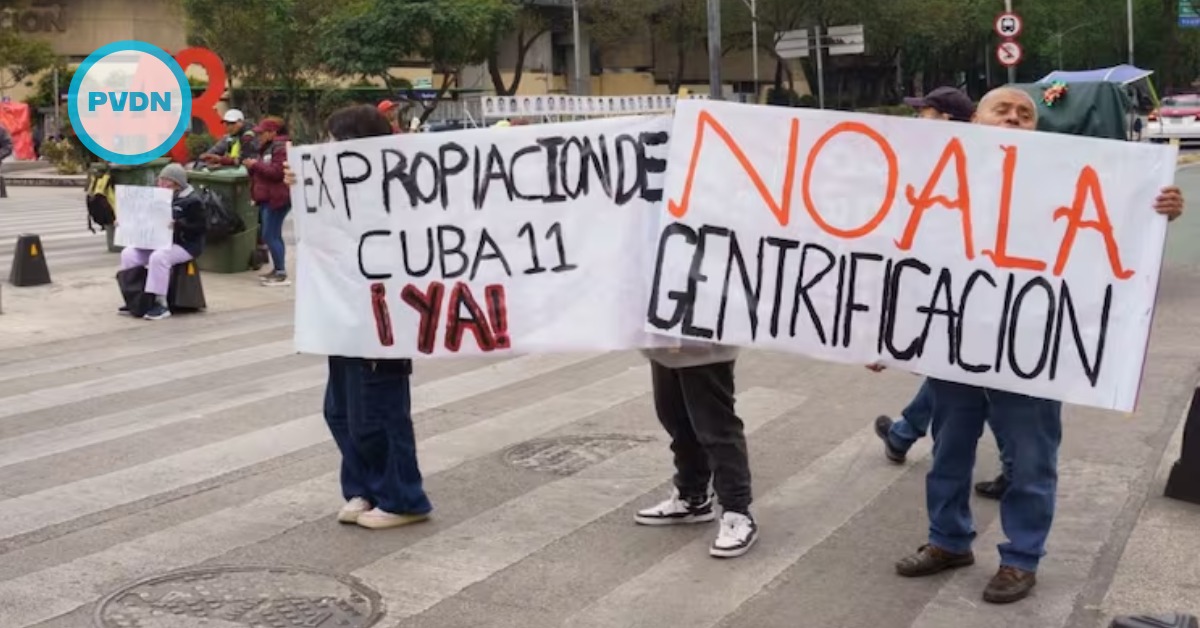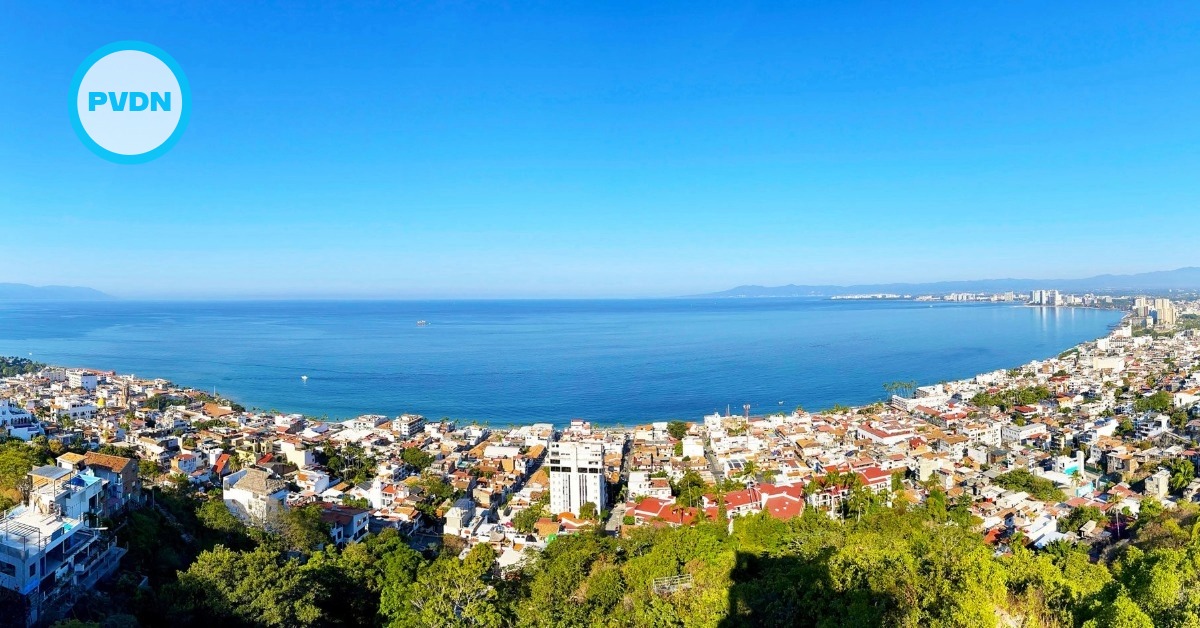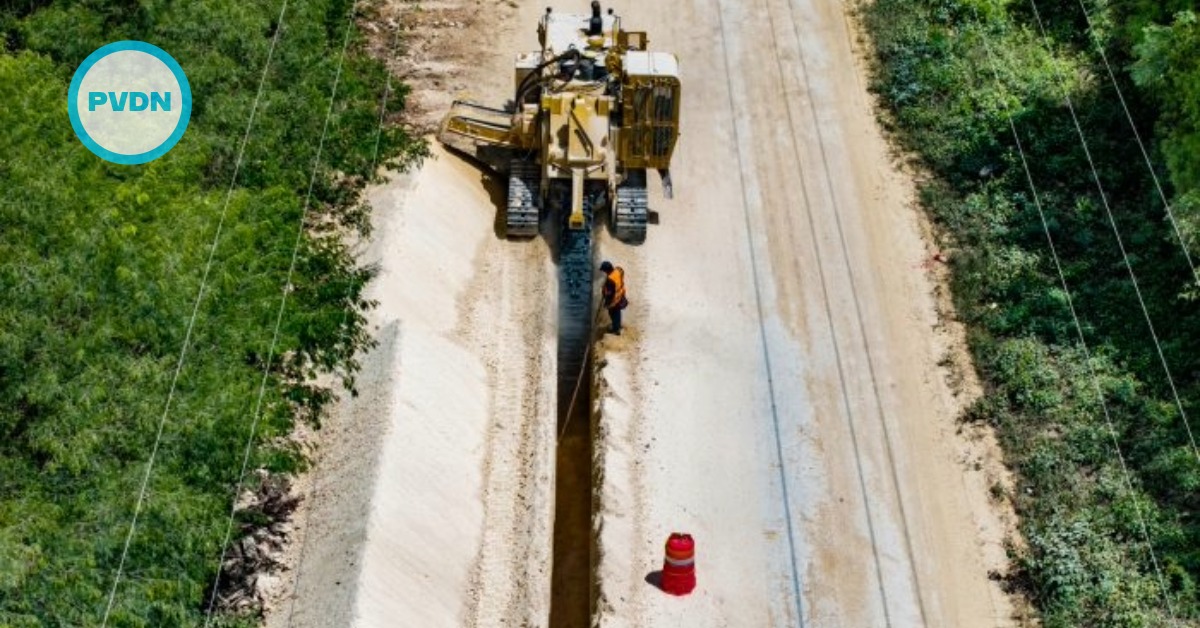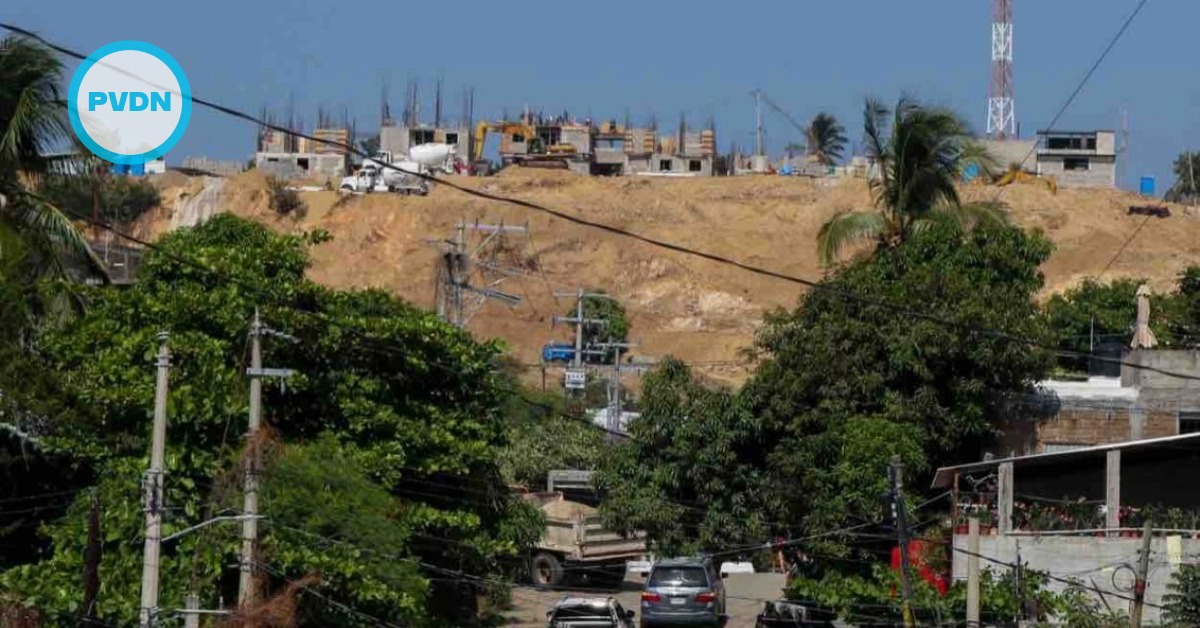Puerto Vallarta, Jalisco — Mexico’s tourism renaissance is rippling far beyond beaches and boardwalks. A new analysis from real-estate portal Propiedades.com shows that the influx of visitors reviving the nation’s post-COVID travel industry is also bidding up home and condo prices at many of the country’s best-known vacation hubs—none more dramatically than Puerto Vallarta.
